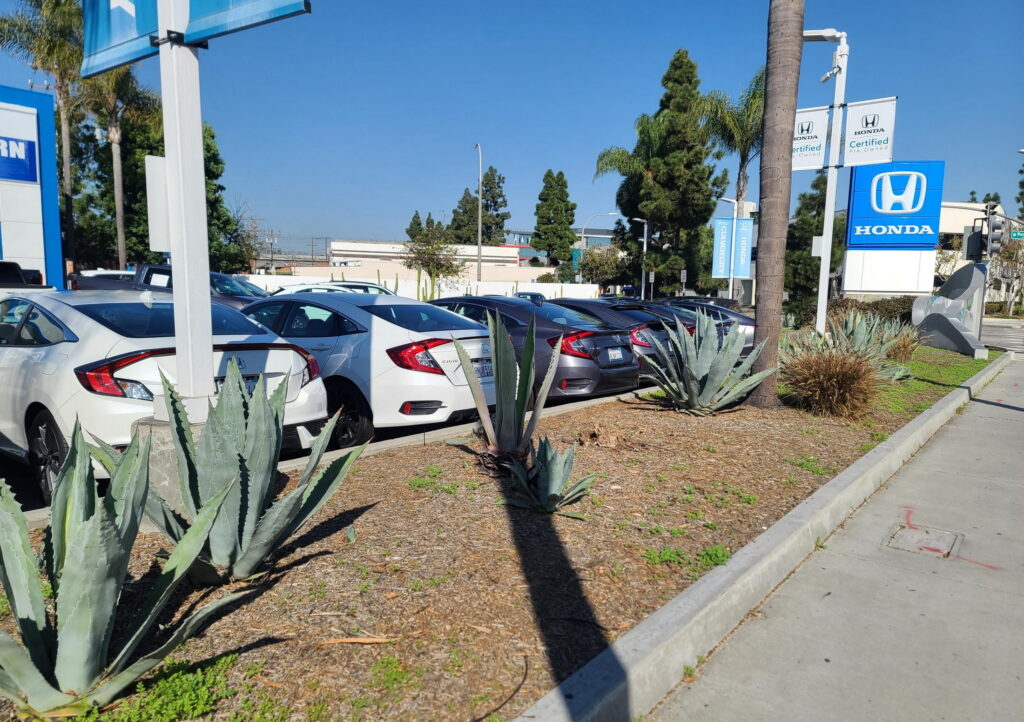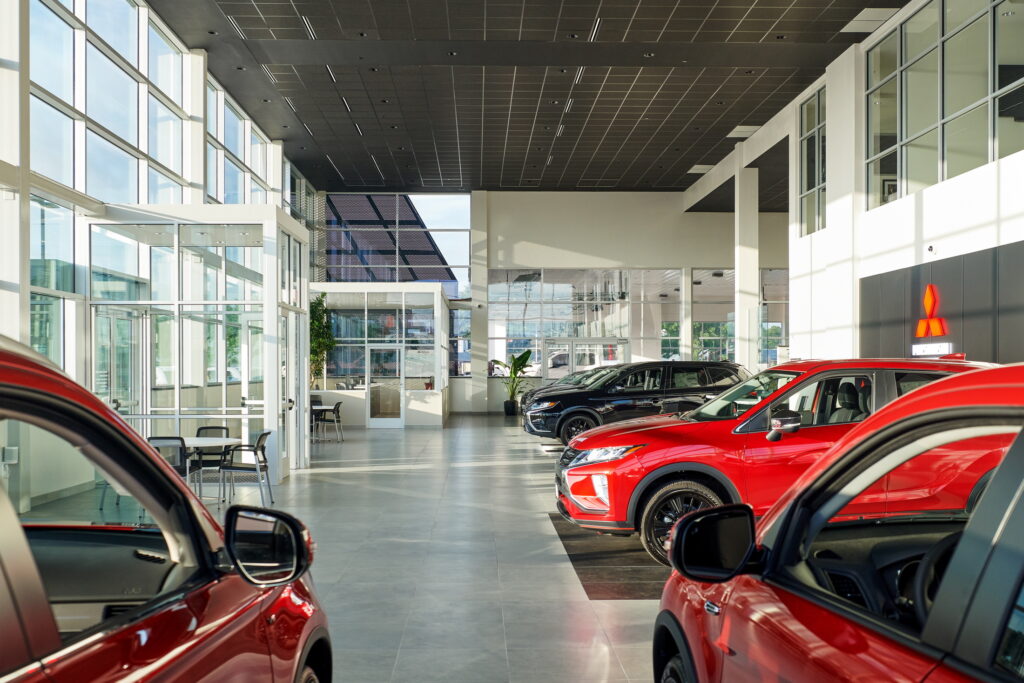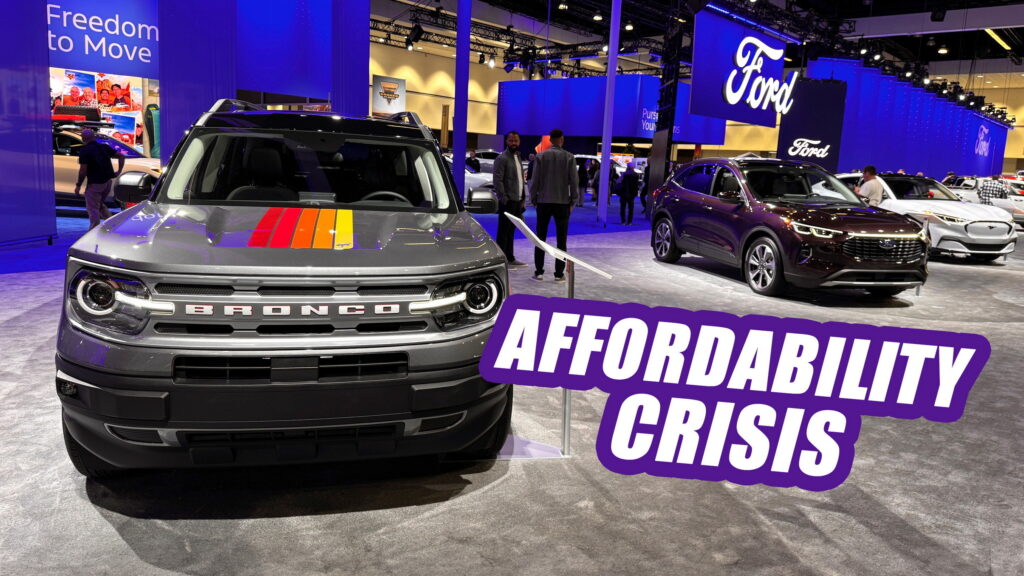The staggering rate of inflation, growing new car prices, and the shrinking supply of affordable vehicles mean that the dream of owning a vehicle is not an affordable one for the majority of Americans.
Since 2020, prices of both new and used vehicles have grown substantially. For vehicles rolling off the assembly line, the average MSRP is now 30 percent higher than it was before the pandemic. For pre-owned vehicles, the average price is now up 38 percent as compared to before the pandemic.
Fortunately, in 2023, the growth slowed, and prices were just one percent higher than a year earlier, reports Newsweek. However, the average price of a new car is now $50,364, while the average used vehicle costs $31,030.
“Simply put, cars have become more expensive,” Joseph Yoon, a consumer insight analyst at Edmunds, told Newsweek. “In November 2019, the average transaction price for a new vehicle was $38,500. In November of 2023, that figure jumped to $47,939.”

You probably need to make $100,000 to afford a new car
According to an earlier study by Market Watch, Americans need a combined household income of at least $100,000 to afford the average new car if they adhere to common budgeting guidelines and practices. While there’s no perfect formula, a common school of thought among financial experts is that you should spend no more than 10%-15% of your monthly take-home pay on car-related expenses, which includes everything from payments to insurance and maintenance.
Based on this criterion, 60 percent of households and 82 percent of individuals in the U.S. are currently unable to afford a new car. One contributing factor to this affordability challenge is the preference of Americans for pricier crossovers, pickups, and SUVs.
Read: BMWs Are The Fastest-Selling New And Used Cars In America
“Car buyers’ preferences have also shifted dramatically to larger trucks and SUVs in the past 10 years or so, and even more towards high-tech and comfort amenities in the form of cameras, sensors, radars and large infotainment screens,” said Yoon. As a result, fewer cheap cars are available, pushing the average price of new vehicles higher.
However, the biggest factor is likely the pandemic. New car prices shot up in that time because of supply line snarls. The difficulty of manufacturing new vehicles meant that demand skyrocketed, and the used market followed suit. Although normalizing supplies have stopped vehicle price growth, prices aren’t likely to drop significantly in the near future.









